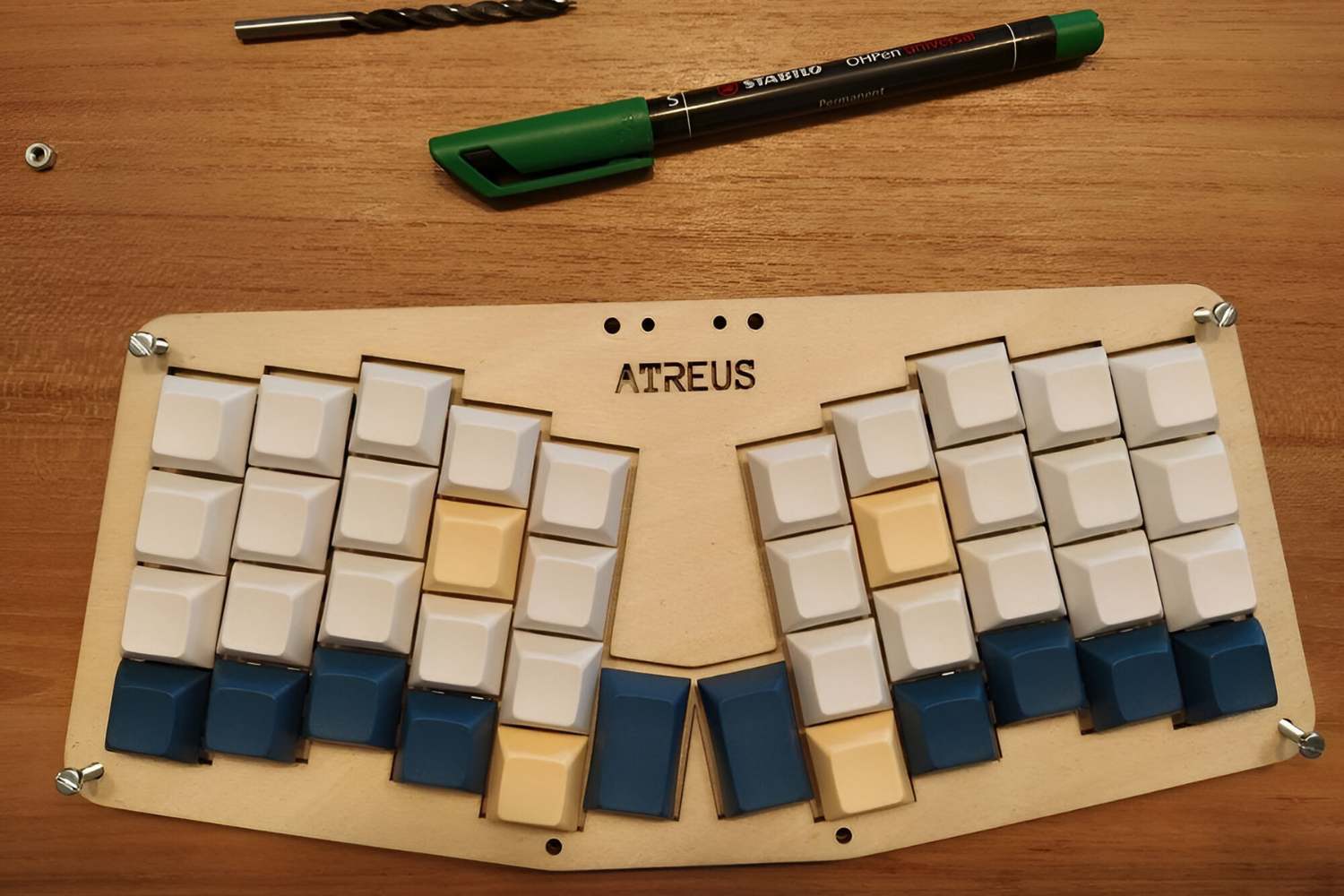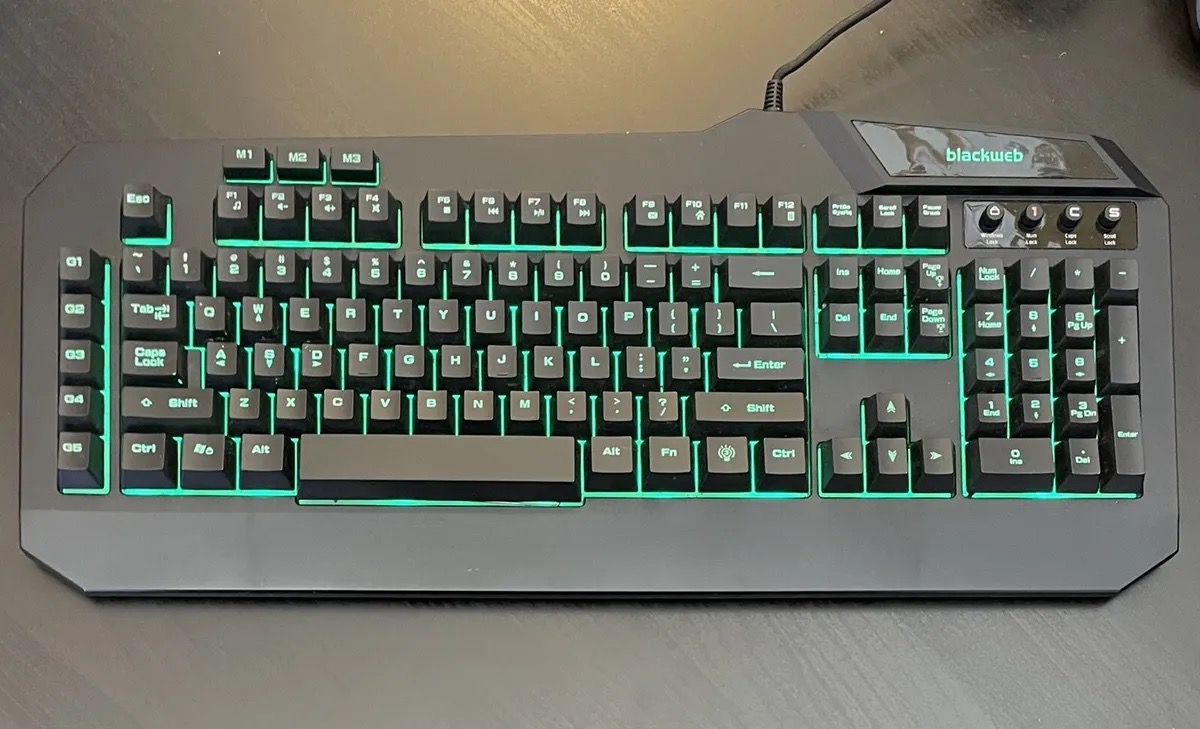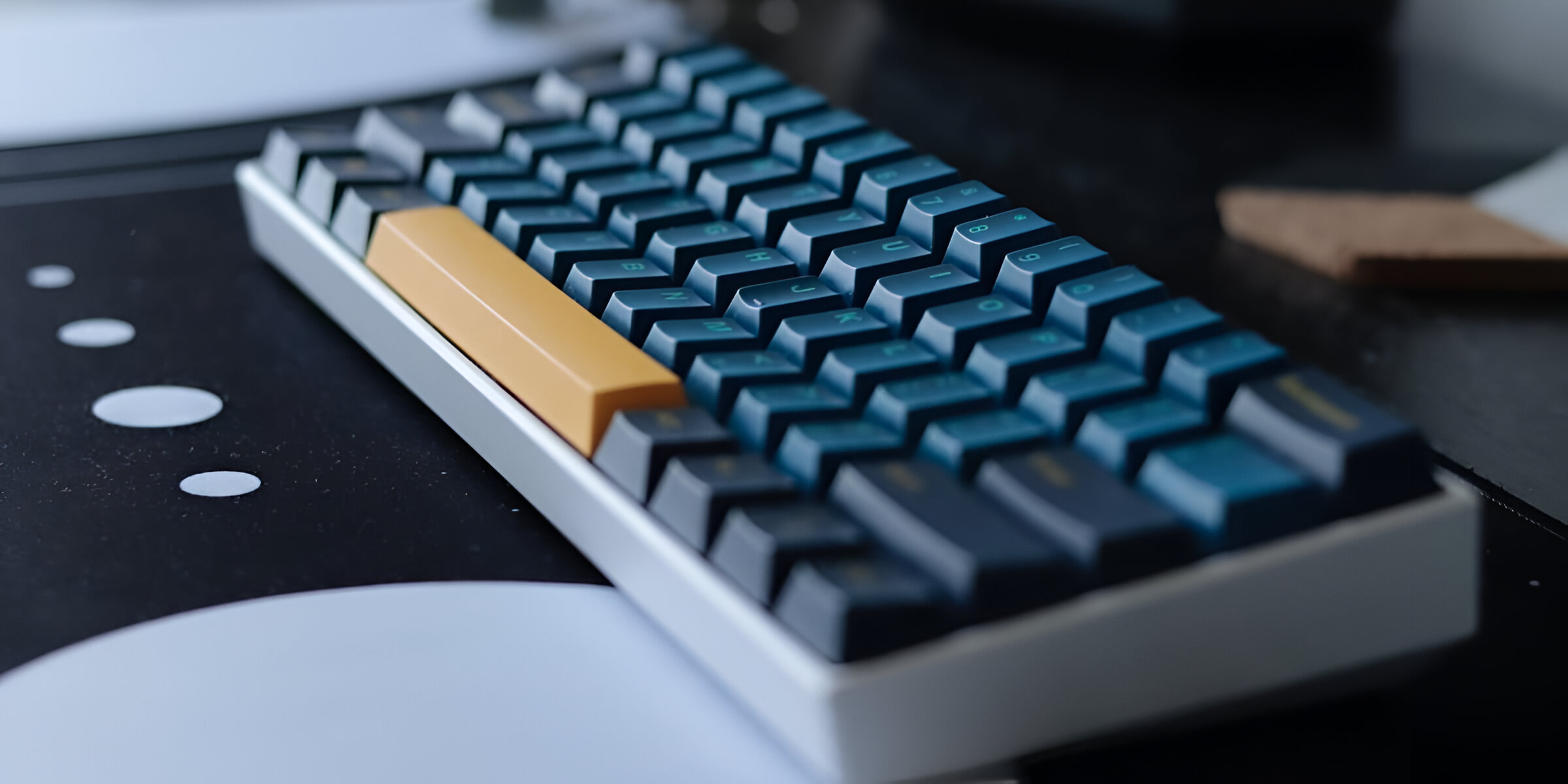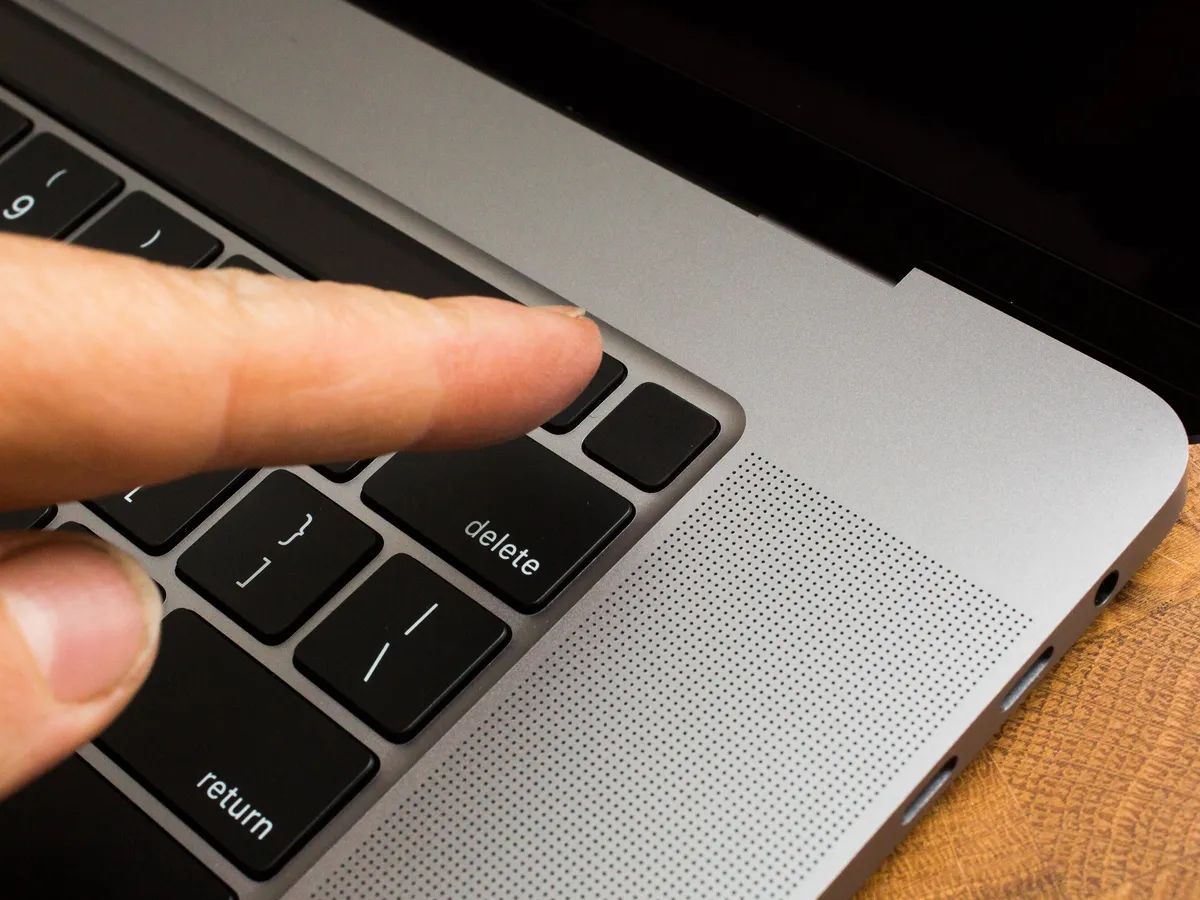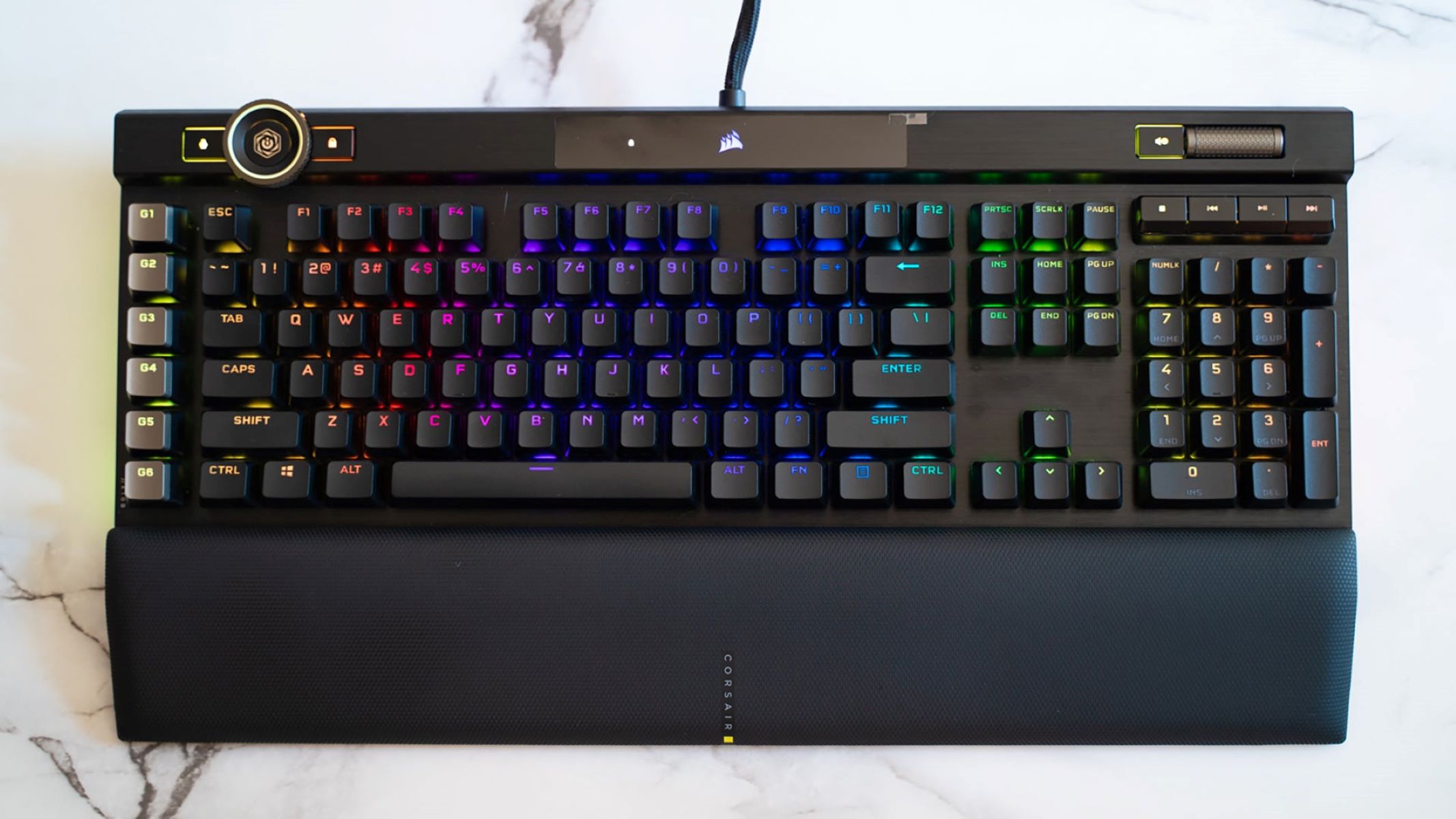Introduction
Are you experiencing issues with your mechanical keyboard, such as unresponsive keys or erratic behavior? Resetting your mechanical keyboard can often resolve these issues and restore it to its optimal functionality. Whether you have a gaming keyboard, a compact tenkeyless model, or a full-sized mechanical keyboard, the reset process is generally similar across different brands and models.
Resetting a mechanical keyboard involves a few simple steps that can be performed with ease, requiring no advanced technical skills. In this guide, we will walk you through the step-by-step process of resetting your mechanical keyboard to help you troubleshoot and resolve any issues you may be encountering.
A mechanical keyboard is a sophisticated piece of hardware, comprising individual mechanical switches for each key, which provide a tactile and audible typing experience. However, like any electronic device, it may encounter glitches or malfunctions over time. By following the steps outlined in this guide, you can effectively reset your mechanical keyboard and potentially address any performance issues it may be experiencing.
So, if you're ready to regain the smooth and reliable performance of your mechanical keyboard, let's dive into the simple yet effective process of resetting it. Whether you're a seasoned tech enthusiast or a novice user, the following steps will empower you to troubleshoot and revitalize your mechanical keyboard with confidence and ease.
Step 1: Unplug the Keyboard
The first step in resetting your mechanical keyboard is to unplug it from your computer or device. This ensures that the keyboard is completely disconnected from any power source, allowing for a full reset of its internal components. Whether your keyboard connects via USB or a detachable cable, gently unplug it from the port on your computer or the USB hub it’s connected to.
It’s important to handle the unplugging process carefully to avoid damaging the keyboard or the port. If your keyboard has a detachable cable, gently disconnect it from the keyboard itself. Take care to hold the connector, not the cable, when removing it from the keyboard to prevent any undue strain on the cable or the keyboard’s port.
Once the keyboard is unplugged, take a moment to ensure that all the keys are free from any obstructions or debris that may be causing the issues you’re experiencing. Use a can of compressed air or a soft brush to gently clean around the keycaps and switches, removing any dust or particles that may have accumulated over time. This simple maintenance step can often improve the performance of the keyboard and may resolve minor issues without the need for a full reset.
By unplugging the keyboard and performing a quick inspection and cleaning, you’re preparing it for the subsequent steps in the reset process. With the keyboard disconnected and any debris removed, you’re ready to proceed to the next step in resetting your mechanical keyboard.
Step 2: Press and Hold the Reset Button
Many mechanical keyboards are equipped with a reset button, typically located on the back or underside of the keyboard. This button is designed to allow users to reset the keyboard’s firmware and settings, effectively restoring it to its default state. Locating the reset button may vary depending on the keyboard model, so refer to the manufacturer’s manual or website for specific instructions.
Once you’ve identified the reset button, use a small, pointed object such as a paperclip or a pen tip to press and hold the reset button. The reset button is often recessed to prevent accidental activation, so you may need to apply gentle pressure to engage it. As you press and hold the reset button, you may notice the keyboard’s lights flashing or other indicators that the reset process is underway.
It’s important to hold the reset button for a specified duration, as outlined in the keyboard’s manual or the manufacturer’s instructions. This duration can vary, but a common timeframe is around 5 to 10 seconds. Be sure to maintain steady pressure on the reset button for the required duration to ensure that the reset process is initiated successfully.
While holding the reset button, you may notice the keyboard’s lights turning off and then back on, indicating that the reset process is complete. This signifies that the keyboard’s firmware and settings have been reset to their default state, potentially resolving any issues that were affecting its performance.
After releasing the reset button, the keyboard is now ready to be reconnected to your computer or device, allowing you to proceed to the next step in the reset process. With the keyboard reset and prepared for reconnection, you’re one step closer to restoring its optimal functionality.
Step 3: Reconnect the Keyboard
With the keyboard successfully reset, it’s time to reconnect it to your computer or device. Begin by carefully inserting the USB connector or cable back into the appropriate port, ensuring a secure and snug connection. If your keyboard features a detachable cable, reattach it to the keyboard, taking care to align and insert it gently to avoid any potential damage to the port or connector.
As you reconnect the keyboard, take a moment to verify that the connector is fully inserted, with no part of it protruding from the port. A secure connection is essential to ensure that the keyboard is powered and recognized by your computer or device once it’s reconnected.
Upon reconnecting the keyboard, you may notice the lights or indicators on the keyboard illuminating, signaling that it has successfully reestablished a connection with your computer or device. This is an encouraging sign that the reset process has been effective in restoring the keyboard’s functionality.
Once the keyboard is securely connected, allow a few moments for your computer or device to recognize and configure the keyboard. Depending on your operating system, you may see on-screen notifications or indicators confirming that the keyboard has been detected and is ready for use.
After the keyboard is reconnected and recognized by your computer or device, take a moment to ensure that all keys are responsive and functioning as expected. Test a variety of keys across the keyboard to verify that they register input accurately and consistently. This simple test can help confirm that the reset process has resolved any previous issues and that the keyboard is now functioning optimally.
With the keyboard successfully reconnected and tested, you’re now ready to proceed to the final step in the reset process, where you’ll verify the keyboard’s performance and ensure that it’s functioning smoothly.
Step 4: Test the Keyboard
Now that the keyboard has been reset and reconnected, it’s essential to thoroughly test its functionality to ensure that the reset process has effectively addressed any previous issues. Testing the keyboard involves verifying the responsiveness and accuracy of its keys, as well as assessing any additional features or functions it may offer.
Begin by typing on the keyboard and testing each key to confirm that it registers input accurately and consistently. Pay close attention to any keys that were previously unresponsive or exhibited erratic behavior, as the reset process should have resolved these issues. Take the time to type sentences, numbers, and special characters to ensure that the keyboard performs reliably across all key inputs.
For gaming keyboards, test the responsiveness of the gaming keys, macros, and any customizable features to ensure that they function as intended. If your keyboard includes additional media keys, volume controls, or backlighting options, verify that these features are operational and responsive to your inputs.
While testing the keyboard, pay attention to the tactile feedback and overall typing experience. The reset process should have restored the keyboard’s optimal performance, providing a satisfying and consistent typing or gaming experience without any lingering issues from before the reset.
If the keyboard features customizable settings or programmable keys, take the opportunity to reconfigure them to your preferences and verify that the changes are applied successfully. This step ensures that the reset process has effectively cleared any previous configurations or settings that may have been causing issues, allowing you to personalize the keyboard’s functionality once again.
By thoroughly testing the keyboard across its various functions and features, you can confirm that the reset process has been successful in addressing any previous issues or malfunctions. With the keyboard now functioning optimally, you can confidently resume your typing tasks, gaming sessions, or other activities that rely on the reliable performance of your mechanical keyboard.
Conclusion
Resetting a mechanical keyboard is a straightforward yet effective process that can revitalize its performance and address various issues such as unresponsive keys, erratic behavior, or configuration errors. By following the simple steps outlined in this guide, you can confidently troubleshoot and reset your mechanical keyboard, restoring it to its optimal functionality.
Unplugging the keyboard and performing a quick inspection and cleaning ensures that it’s ready for the subsequent steps in the reset process. This maintenance step can often improve the keyboard’s performance and may resolve minor issues without the need for a full reset.
Pressing and holding the reset button initiates the process of restoring the keyboard’s firmware and settings to their default state. This step effectively clears any previous configurations or errors, setting the stage for the successful reset of the keyboard.
Reconnecting the keyboard to your computer or device and verifying its recognition and functionality confirms that the reset process has been effective in restoring the keyboard’s connection and responsiveness. This step ensures that the keyboard is ready for thorough testing to validate its optimal performance.
Thoroughly testing the keyboard across its various functions, including typing, gaming, and additional features, allows you to confirm that the reset process has effectively addressed any previous issues or malfunctions. This comprehensive testing ensures that the keyboard is now functioning reliably and consistently, providing a satisfying user experience.
By successfully resetting your mechanical keyboard, you have empowered yourself to troubleshoot and resolve performance issues with confidence and ease. Whether you use your keyboard for work, gaming, or general computing tasks, the reset process has rejuvenated its functionality, allowing you to continue enjoying a seamless and reliable typing or gaming experience.
With your mechanical keyboard reset and restored to its optimal state, you can now confidently resume your tasks and activities, knowing that your keyboard is performing at its best. The simple yet effective process of resetting a mechanical keyboard has equipped you with the knowledge and capability to maintain and troubleshoot this essential peripheral, ensuring its continued performance and reliability in your daily computing endeavors.







